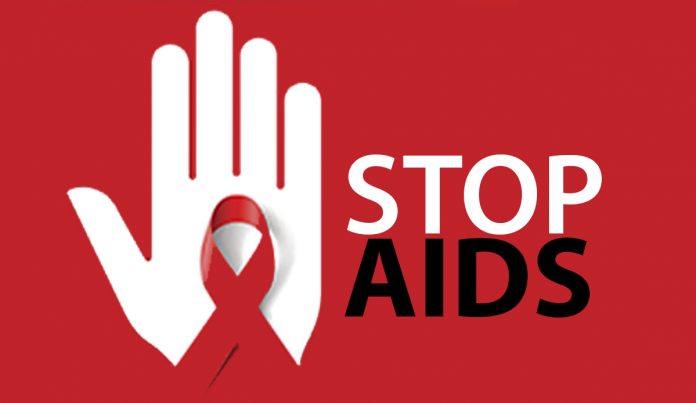New Delhi, Maharashtra has the highest number of people living with HIV (PLHIV) in India which is around 3.30 lakh, contributing 15 per cent of total immunodeficiency virus-affected people in the country which is 21.40 lakh, according to the latest data by Health and Family Welfare Ministry.
Nationally, around 69.11 thousand PLHIV died of AIDS-related causes in 2017.
The report “HIV Estimations 2017” released on Friday compiled by the National AIDS Control Organisation (NACO) in collaboration with the Indian Council of Medical Research (ICMR)-National Institute of Medical Statistics (NIMS) is the 14th round in the series of HIV Estimations under National AIDS Control Programme (NACP).
According to the report, Andhra Pradesh (2.70 lakh), Karnataka (2.47 lakh) and Telangana (2.04 lakh) were the other states with high prevalence of PLHIV.
In adult HIV prevalence, Mizoram has the highest in the country at 2.04 per cent, followed by Manipur at 1.43 per cent and Nagaland at 1.15 per cent. Lowest adult HIV prevalence was in Jammu & Kashmir.
Around 22,677 HIV-positive women gave birth in 2017 and needed prophylaxis for prevention of mother-to-child transmission (PMTCT) with highest cases reported in Maharashtra followed by Uttar Pradesh, Bihar, Andhra Pradesh, Karnataka, Telangana, West Bengal, Gujarat, Tamil Nadu and Rajasthan.
An estimated 87.58 thousand new HIV infections occurred in 2017 out of which Telangana turned out to have the highest estimated 9,324 new cases contributing to 11 per cent of total in the country.
Bihar and West Bengal were next contributing 10 per cent followed by Uttar Pradesh (8%), Andhra Pradesh (7%), Maharashtra (7%), Karnataka (6%) and Gujarat (5%). Together, these eight states contributed almost two thirds of all annual new HIV infections in India.
While new infections are declining nationally, in five states — Arunachal Pradesh (65 per cent), Assam (37 per cent), Mizoram (18 per cent), Meghalaya (10 per cent) and Uttarakhand (4 per cent), new infections increased in 2017 in comparison with 2010.
Annual AIDS-related deaths among PLHIV kept on increasing until 2005 and then started to decline. Since the peak, the number of annual AIDS-related deaths have declined by almost 71 per cent, the report stated.
















































